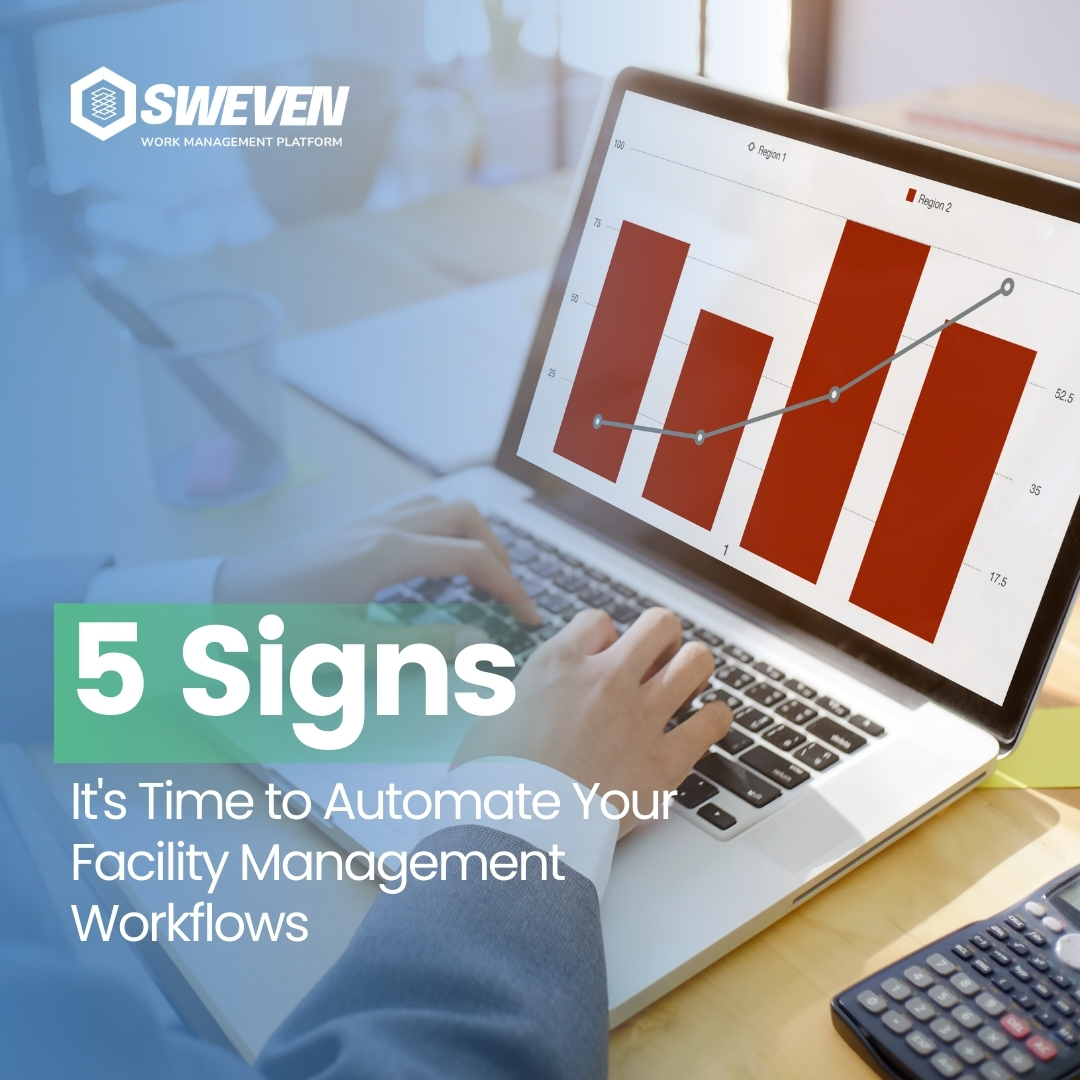Introduction:
Vendor management is a critical aspect of facilities maintenance, involving the coordination and oversight of multiple vendors and service providers to ensure the smooth operation of a facility. However, communication breakdowns and service discrepancies can often arise, leading to inefficiencies, delays, and dissatisfaction among stakeholders. In this blog post, we’ll explore the challenges of vendor management in facilities maintenance, the impact of communication breakdowns and service discrepancies, and strategies for streamlining vendor management processes.

Challenges of Vendor Management in Facilities Maintenance:
Effective vendor management in facilities maintenance is essential for maintaining operational efficiency, controlling costs, and delivering high-quality service. However, several challenges can complicate the vendor management process:
Multiple Vendors: Facilities often rely on multiple vendors and service providers for various maintenance tasks, leading to complexity in coordination and oversight.
Communication Breakdowns: Poor communication between facility managers and vendors can lead to misunderstandings, delays, and ineffective problem-solving.
Service Discrepancies: Inconsistencies in service quality, response times, and adherence to service level agreements (SLAs) can undermine the overall effectiveness of vendor management.
Lack of Accountability: Without clear accountability mechanisms in place, it can be challenging to hold vendors accountable for meeting performance standards and addressing issues promptly.
Data Management: Managing vendor information, contracts, invoices, and performance data manually can be time-consuming and prone to errors.
Impact of Communication Breakdowns and Service Discrepancies:
Communication breakdowns and service discrepancies in vendor management can have several negative consequences:
Downtime and Disruptions: Miscommunications or delays in service can lead to equipment downtime, disruptions to operations, and decreased productivity.
Increased Costs: Inefficient vendor management processes, service discrepancies, and repeat service calls can result in higher maintenance costs and budget overruns.
Decreased Satisfaction: Poor service quality and communication breakdowns can lead to dissatisfaction among facility occupants, employees, and stakeholders.
Reputation Damage: Negative experiences with vendors can tarnish the facility’s reputation and affect its ability to attract tenants, clients, or customers.
Compliance Risks: Failure to meet regulatory requirements or SLAs due to service discrepancies can expose the facility to compliance risks and legal liabilities.
Strategies for Streamlining Vendor Management:
To overcome the challenges of vendor management and mitigate the impact of communication breakdowns and service discrepancies, facility managers can implement the following strategies:
Centralized Vendor Management System: Implement a centralized system for managing vendor information, contracts, work orders, and performance data to streamline communication and ensure transparency.

Clear Communication Channels: Establish clear communication channels and protocols for communicating with vendors, including regular check-ins, status updates, and escalation procedures for addressing issues.
Performance Monitoring and Reporting: Monitor vendor performance against SLAs and key performance indicators (KPIs) and provide regular performance reports to identify trends, areas for improvement, and opportunities for optimization.
Vendor Accountability: Establish clear expectations and performance standards in vendor contracts, including penalties for non-compliance and incentives for exceeding expectations.
Vendor Collaboration: Foster a collaborative relationship with vendors based on trust, mutual respect, and open communication to address issues proactively and find solutions together.
Continuous Improvement: Continuously evaluate and refine vendor management processes based on feedback, lessons learned, and industry best practices to optimize efficiency and effectiveness.

Conclusion:
Effective vendor management is essential for ensuring the smooth operation of facilities maintenance, but communication breakdowns and service discrepancies can undermine its effectiveness. By implementing strategies such as centralized vendor management systems, clear communication channels, performance monitoring and reporting, vendor accountability mechanisms, vendor collaboration, and continuous improvement initiatives, facility managers can streamline vendor management processes, enhance service quality, and improve overall operational efficiency. By addressing these challenges head-on, facilities can minimize downtime, control costs, and deliver a superior experience for occupants and stakeholders alike.

























